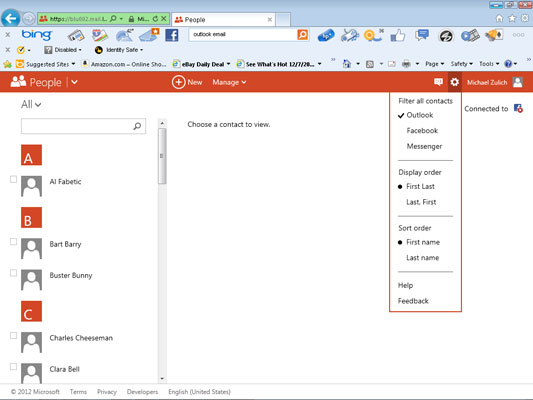
5000 which is an Outlook 2010 based client. The lines were separated for easier reading. The below is an excerpt from an Exchange 2010 SP3 RU14 RPC Client Access log file. There is an “s” at the end of the latter. Note that the Set-RpcClientAccess cmdlet uses BlockedClientVersion, whereas the Get-RpcClientAccess cmdlet uses the plural which is BlockedClientVersions. We can see this by using Get-RpcClientAccess For more information, see Configure Outlook client blocking.īy default there are no entries listed in the BlockedClientVersions. Z where X is a major version number, Y is the minor revision number, and Z specifies the build, and ranges should be delimited by semicolons (for example, 0.0.0-5.9.9 7.0.0-65535.65535.65535). Versions should be single numbers in the format X. The value must be less than 256 characters in length. This setting affects MAPI and Outlook Anywhere client connections. The Exchange RPC Client Access service rejects Outlook connections if versions are in the range specified. The BlockedClientVersion parameter specifies which versions of Microsoft Outlook are restricted from connecting. If we review the details listed on the Set-RPCClientAccess cmdlet, the BlockedClientVersion parameter is what we need to work with: Since Exchange 2007 has almost transitioned out of its extended support lifecycle at the time of writing it will not be covered here. Exchange 2007 and previous versions used a different methodology. This is how the restrictions to Outlook versions are applied.

#HOW TO CHECK OUTLOOK VERSION HOW TO#
How to Restrict Outlook Versions In Exchange 2010 OnwardsĮxchange 2010 introduced the Set-RPCClientAccess cmdlet. Service pack information is not included. Once you have the Outlook versions, you can determine where to draw the line.įor reference purposes the below table shows the RTM builds of Outlook. A quick and easy way is to use Log Parser Studio’s pre-canned report to analyse the RPC Client Access logs to report on the Outlook version.

The Exchange 2010 RPC Client Access logs were used to determine the versions of Outlook which were present in the environment. Understanding the Outlook Versions Connecting to Exchange Some of the observed machines were multiple years out of date. As mentioned in a previous post, do not overlook Outlook patching. This was due to the fact that there were some old and unsupported versions of Exchange and some incentive had to be applied to those business groups to ensure that all the stragglers were updated. In a recent customer engagement the senior messaging architect wanted to restrict the versions of Outlook connecting to the Exchange servers.


 0 kommentar(er)
0 kommentar(er)
